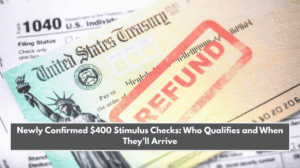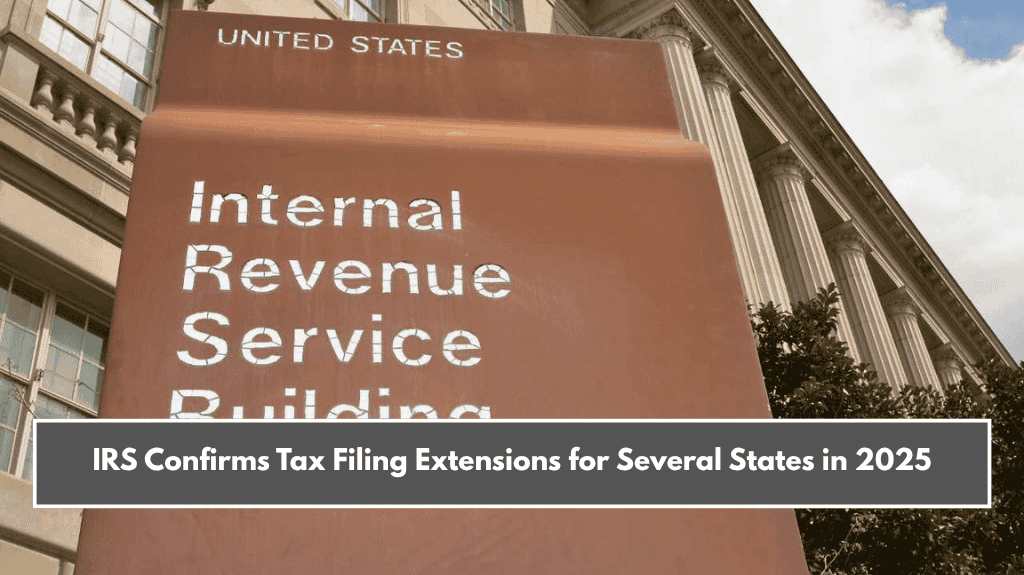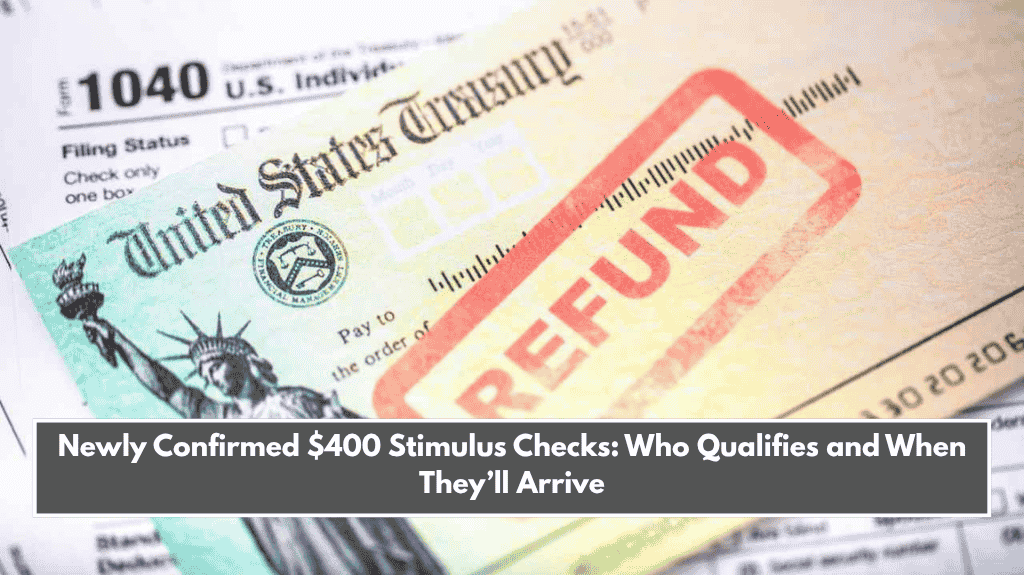The tax season officially ended last April, and now many taxpayers can expect to receive their tax refunds soon. A tax refund happens when you pay more money to the IRS than you owe in taxes. Not everyone gets a refund, but data shows that about two out of three taxpayers receive one after filing their returns. Over the next few weeks, the IRS will send out refunds, so it’s a good idea to check if you are among those getting money back.
Why the IRS Might Withhold Your Tax Refund
Even though many people will get refunds, some taxpayers may find that their refunds are being held back. This can happen for several reasons. Usually, if you owe money to the IRS or other government agencies, your refund may be delayed or stopped. For example, if you owe state taxes even after paying federal taxes, the IRS might keep your federal refund until you clear the state taxes.
Other common reasons for refund holds include unpaid federal student loans or owing child or spousal support. If your refund is being withheld, you should contact the U.S. Department of the Treasury’s Bureau of the Fiscal Service to understand what steps you need to take.
Who Can Expect a Tax Refund Soon?
How you file your taxes affects how quickly you get your refund. Filing electronically (online) usually means faster refunds compared to mailing paper tax returns. The IRS aims to send refunds within 21 days of receiving your tax return. For online filers, the average refund time is about three days.
If you filed your taxes near the deadline at the end of April and chose direct deposit for your refund, you can expect to see your refund around this week, roughly 21 days later.
To check your refund status, you can use the IRS “Where’s My Refund?” tool online. According to IRS data from April 25, the average refund this year was $2,945. If you haven’t received your refund yet but expect one, use this tool to check your refund status or confirm if you are eligible for a refund.
The IRS advises, “If you think we made a mistake with your refund, check Where’s My Refund or your online account for details.”
How to Reduce Your Federal Tax Liability Next Year
If your refund is being withheld because you owe taxes, there are ways to reduce what you owe next year. One way is to apply for tax credits you qualify for, which can lower your total tax bill. Always check eligibility and claim any credits available to you.
If you have several income sources or own assets, look for ways to reduce your taxable income. For example, if you have investment losses, you might be able to claim a capital loss to reduce your tax liability.
Even if you can’t pay your taxes fully, it’s important to file your return on time. This prevents extra penalties and keeps your account in better standing.
Tax refunds bring relief to many, but some people may face delays or holds because of owed debts or other issues. Using tools like the IRS “Where’s My Refund?” can help you track your refund’s progress. To avoid problems next year, consider planning your taxes carefully by claiming all eligible credits and managing your income and losses wisely. Filing on time, even if you can’t pay everything, helps protect you from penalties and reduces stress. Being prepared makes tax season smoother and your finances healthier.















